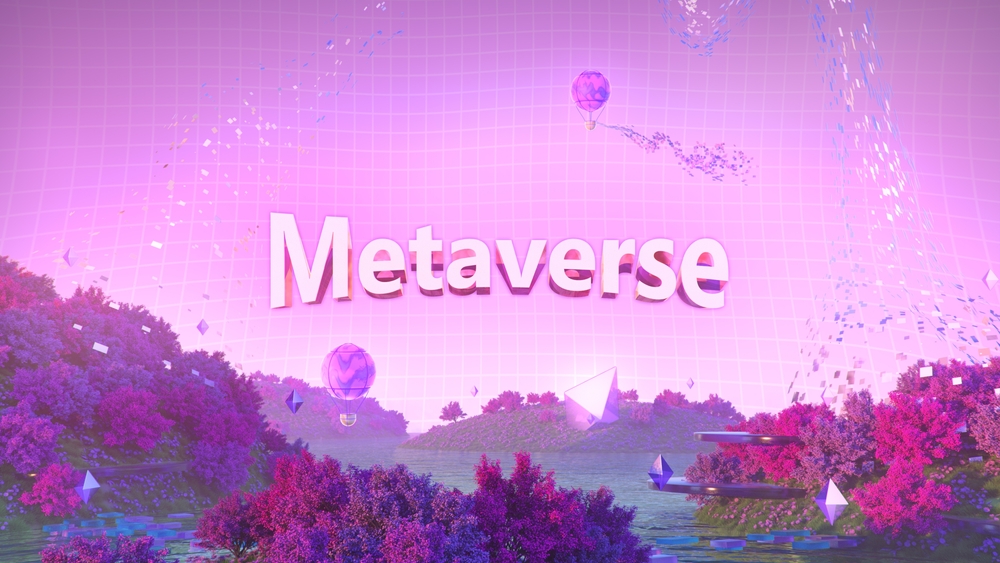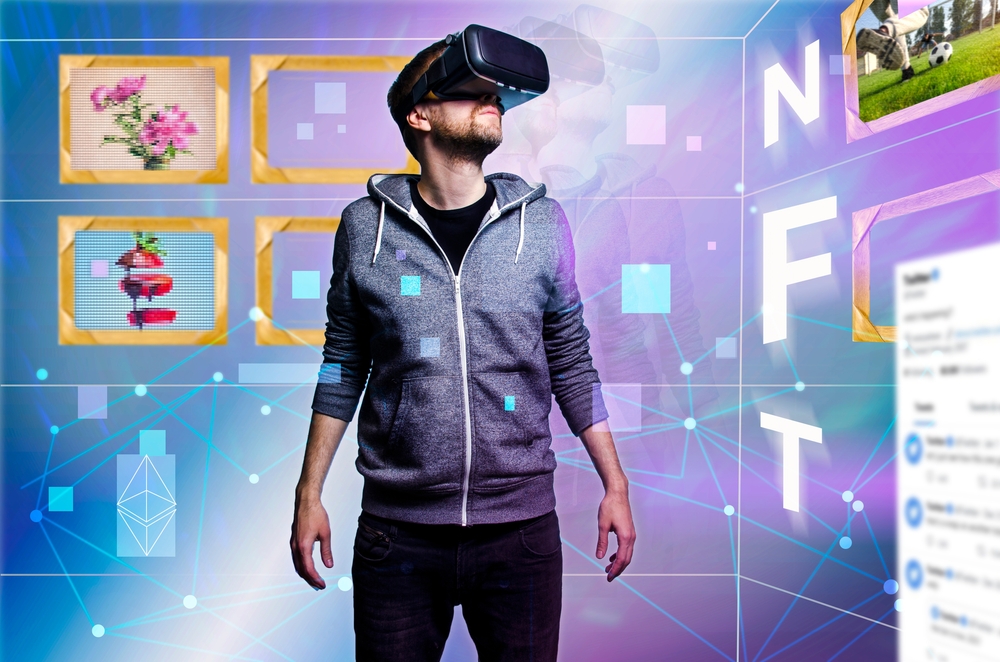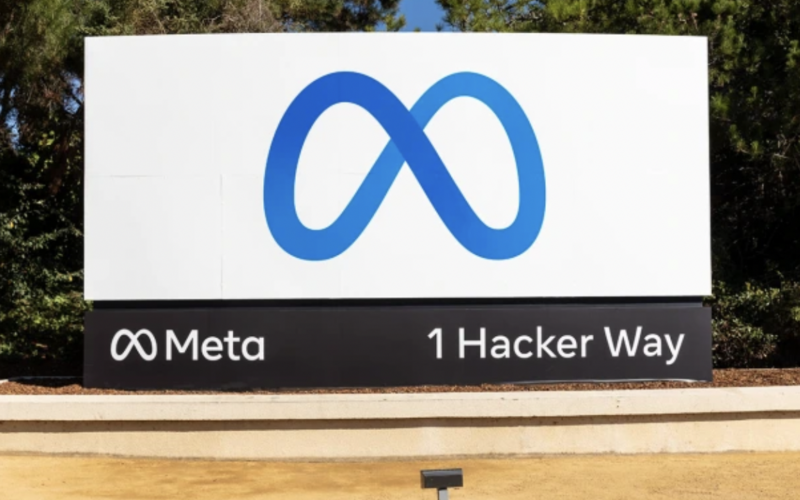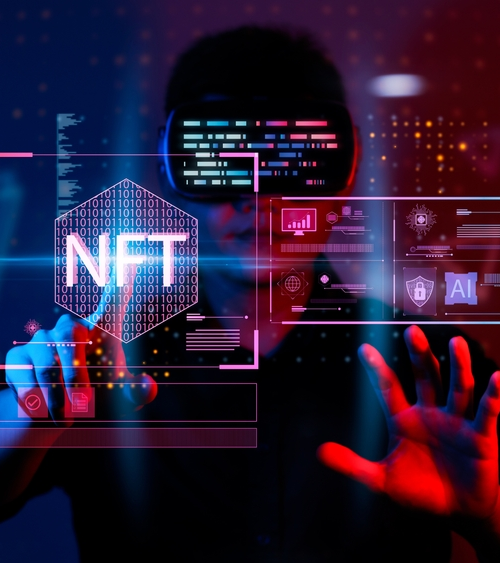BY ADRIAN PERRY AND MERISSA PICO | HollywoodReporter.Com
Troy Warren for CNT #NFT #EditorsPicks #Entertainment
As entertainment powerhouses compete to launch various iterations of the metaverse, the time is ripe for creators and content companies to start planning how they will make their mark in this new virtual territory.
“Metaverse” has quickly worked its way into the Hollywood lexicon as the idea, starting out as science fiction but now evolving into an attainable aspiration that companies are racing to bring to reality.
The metaverse in its fully-fledged form does not yet exist, but there are many “proto” metaverses that are available today for reference (think of video game platforms). In the most fundamental of terms, the metaverse will likely leverage web 3.0 technology to support real-time 3-D rendered simulations of real life on a mass scale. Practically speaking, this means the metaverse, or metaverses, will be a shared virtual space where people will be able to gather, interact, work and play, all in real time.

With that comes a seemingly limitless opportunity to create, modify and interact with content in these virtual worlds. As entertainment powerhouses compete to launch various iterations of the metaverse, the time is ripe for creators and content companies to start planning how they will make their mark in this new virtual territory. Here are five key things to keep in mind as you head into this space.
User-Generated Content in the Metaverse: The metaverse will likely be filled with content created by users, as opposed to the hosting platform itself. These users will not just be individuals, but also companies, institutions and maybe even governments.
While user-generated content provides for boundless creative possibilities, it also means content owners must be prepared for their content to be manipulated by other users or utilized in unexpected ways. For example, what if someone decorates their metaverse house using a copyrighted image they don’t own? Or places two third-party owned images beside each other in a manner that portrays both in an unflattering light?

The overarching consideration here is content control. When granting any content licenses for the metaverse it will be important to consider who should be able to use or manipulate your content and in what ways they are allowed to do so.
In addition, appropriate technical controls will be helpful to monitor and enforce the proper use of such licensed content. The types of controls may be specific to a particular metaverse, but could also be driven by the content owner, especially in the case of a decentralized metaverse (i.e. one that does not have one party controlling or moderating what happens on that platform). Examples of controls used now that may continue to be applicable are DMCA takedowns or content ID technologies that are used to identify copyrighted or branded content. Those are the types of things that will need to be employed and likely augmented in the metaverse context.
The Metaverse and Cross-Platform Content: Many anticipate that digital goods and virtual identities will be able to travel across metaverse platforms. This potential capability raises additional content control considerations, including whether you even want your content to be interoperable with other metaverse platforms.
To the extent content interoperability is part of your plan as a content owner, consider the scope of the license needed to allow for distribution on the other platforms, if and how the license will transfer with the content, and how you will monitor and enforce such licenses.
It will also be important to ensure that the content can actually travel across to the desired platforms in a secure manner and be presented and used in a way that accurately represents the content to the satisfaction of the content owner and the end user. Interoperability represents both legal and practical challenges to keep in mind.

The Persistent Nature of the Metaverse: The metaverse is likely to be persistent, meaning it will be live by default and will not “stop” if you leave the environment. Therefore, action that happens when you are offline may still affect your digital existence.
Imagine if you left some virtual goods on a street corner in the metaverse — maybe a virtual wallet your avatar was carrying — and you sign off without retrieving it. Another user could come and pick it up while you are signed off, much the same way if you left your wallet on a street corner in the real world overnight it may not be there when you go back for it the next day.
The metaverse will also be persistent in the sense that it will support a continuity of data, meaning that there is no reset of the metaverse upon leaving the environment. Your virtual existence, including the effects of your actions taken when you were last in the metaverse, will all be recorded and exist in some form. Like in real life, in a metaverse environment it’s likely that what you do will follow you and it may be difficult or impossible for you to clear your history or start over.
This means your business operations and customer interactions in the metaverse might require real-time engagement on a perpetual basis. Norms are still being developed, but we’re likely dealing with a 24/7 interactive environment, and it is worth considering whether any adjustments need to be made to your brand or customer strategies (e.g. adding AI-driven customer engagement, for example). Further, you might assess what types of agreements need to be in place in order to carry out those strategies.
Bringing Real World Elements into the Metaverse: The metaverse is likely to be a “digital twin” of the real world, as it will contain virtual depictions of many of the places, people and things found in the physical world. All of these digital recreations may raise questions with respect to the scope of real world ownership rights and whether those rights are afforded the same protection in the metaverse.
The answers to these questions remain to be seen as the law is evolving in this area. However, this is likely to be an issue in the metaverse — just as it was in video games that included virtual recreations of real world elements. Video game developers have been sued in the past (sometimes successfully, sometimes not) for infringement, as well as for violations of the right of publicity and right of privacy, in the instances where they copied characteristics as small as a basketball player’s tattoo or someone’s signature dance move.
In terms of risk mitigation, to the extent any third-party intellectual property is being used in your licensed content, it is always best practice to ensure that you have all necessary rights. Additionally, playing an active role in designing the virtual content can help to ensure that creative and legal teams are aligned on what is acceptable.
The Metaverse Economy: The metaverse will likely have its own native economy where people will be able to earn, spend, and invest real money on digital goods and services.

And different metaverse platforms may have different capabilities as far as what currencies are accepted, crypto or otherwise, or linking to existing services like Apple Pay or Pay Pal. In-game or in-app purchases provide some orientation to the concept, but the metaverse use case is much broader than that. In-app or in-game purchases are limited to one very specific environment, but in a metaverse platform you may be able to use cryptocurrency to purchase digital goods related to any number of apps or games.
The metaverse also differs from the in-game or in-app purchase model because in the latter there is a one-way flow of money from the users to the platform. In the metaverse, we are likely to see not only this but also users earning money from other users on the platform for goods and services, for example.
The metaverse native economies, and the goods and services within them, are expected to have a lot of potential value. Therefore, it is worth considering what types of risk mitigation strategies should be in place in order to protect your digital property and other digital assets that may be worth just as much or even more than those in the real world.
For content owners, protecting and tracking digital goods will be essential, especially as they start to move across platforms. One helpful tool may be non-fungible tokens (NFTs), which are unique digital assets whose ownership and trade history can be tracked via the blockchain and whose records cannot be manipulated. Additionally, NFTs can also facilitate the payment of royalties to content owners.
It is important to note that NFTs are made up of two separate components: the token portion stored on the blockchain and the content (such as an image) that is typically stored separately on a server and to which the NFT is linked. Therefore, while NFTs may be helpful in acting as a digital rights management tool in tracking the token, you will still have to track and protect the use of the content itself with the digital rights management tools in place today, at least for now.
As the potential next iteration of the internet, the metaverse promises to be an exciting and valuable new frontier for content owners and creators, and while there are a lot of novel questions to consider, there are just as many opportunities in store.
Adrian Perry is a partner in Covington & Burling LLP’s Tech/IP Transactions group and co-chair of the firm’s Music Industry Group, based in New York. Merissa Pico is an associate in Covington & Burling LLP’s Tech/IP Transactions group focused in the media industry, based in New York.


































